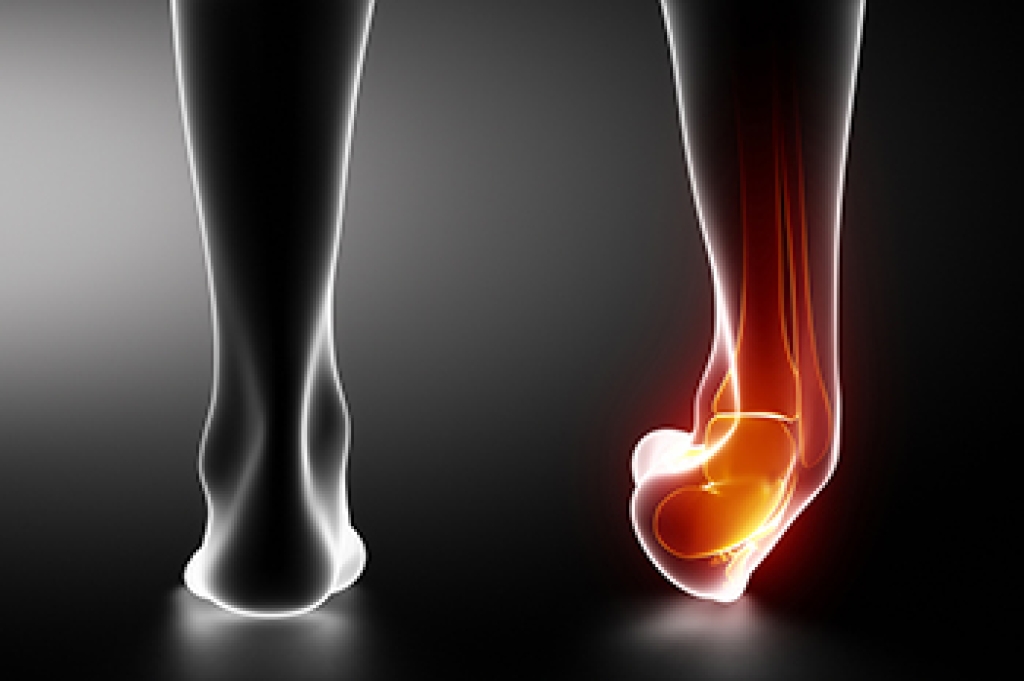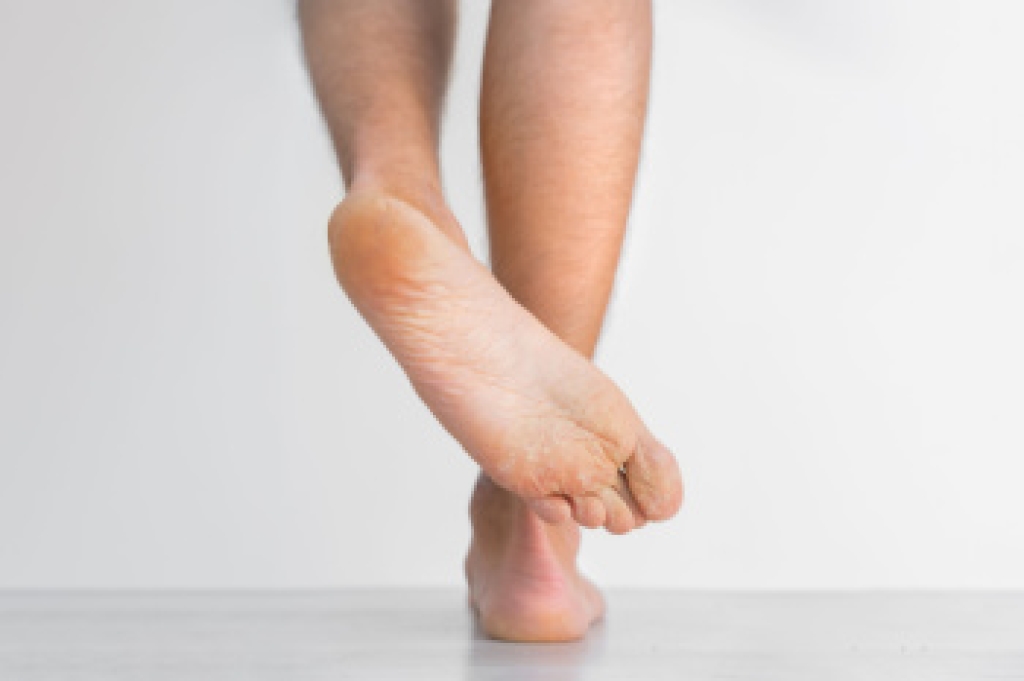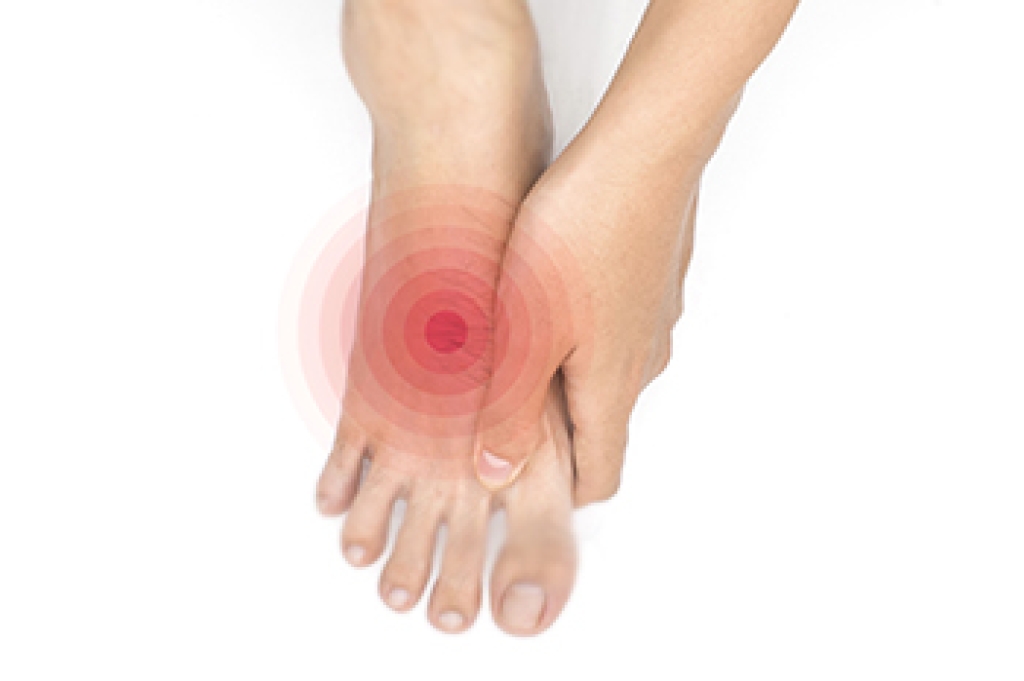
Strengthening the ankle after a sprain helps restore control in the foot and reduce the risk of repeated injury. When ligaments around the ankle heal in a weakened state, the joint can feel unstable during walking. Strengthening focuses on improving motion, muscle support, and balance through controlled ankle and toe movements. Ankle exercises that move the foot in multiple directions help rebuild coordination. Weight bearing activities, introduced at the right stage, improve stability during movement. A podiatrist evaluates ligament healing, joint alignment, and weight bearing tolerance, then directs a plan that progresses safely. Ongoing instability or joint damage can require surgery to restore function and protect the ankle in the long term. Proper treatment lowers the risk of ankle weakness. If you have sprained an ankle, it is suggested that you make an appointment with a podiatrist for a diagnosis and options for advanced treatment.
Ankle sprains are common but need immediate attention. If you need your feet checked, contact Jennifer Swan, DPM from Right Step Foot Care. Our doctor can provide the care you need to keep you pain-free and on your feet.
How Does an Ankle Sprain Occur?
Ankle sprains take place when the ligaments in your ankle are torn or stretched beyond their limits. There are multiple ways that the ankle can become injured, including twisting or rolling over onto your ankle, putting undue stress on it, or causing trauma to the ankle itself.
What Are the Symptoms?
- Mild to moderate bruising
- Limited mobility
- Swelling
- Discoloration of the skin (depending on severity)
Preventing a Sprain
- Wearing appropriate shoes for the occasion
- Stretching before exercises and sports
- Knowing your limits
Treatment of a Sprain
Treatment of a sprain depends on the severity. Many times, people are told to rest and remain off their feet completely, while others are given an air cast. If the sprain is very severe, surgery may be required.
If you have suffered an ankle sprain previously, you may want to consider additional support such as a brace and regular exercises to strengthen the ankle.
If you have any questions please feel free to contact our office located in Westerville, OH . We offer the newest diagnostic tools and technology to treat your foot and ankle needs.




